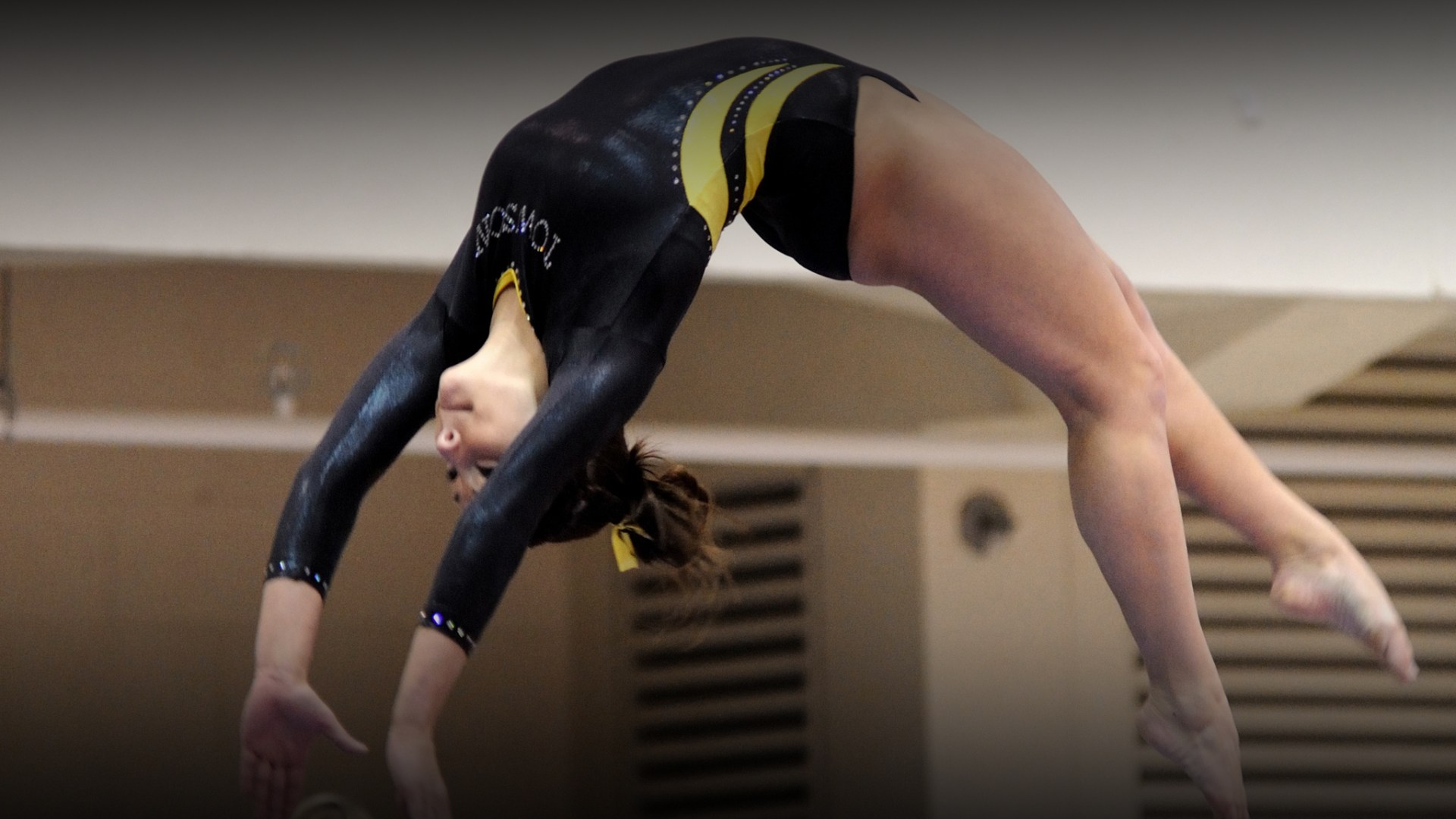The Physics of Flips (and Twists)
In case you missed it, here’s one of our favorite moments from the Olympics in Rio this year: 16-year-old American gymnast Laurie Hernandez winking at the judges before her gold-medal-winning floor routine. (Gutsy, right? But, as we can see, her confidence was totally justified.)
In this article from Wired, Rhett Allain offers some insight into the physics that goes into pulling off those incredible stunts. The science is awesome, and the GIFs he includes as illustrations—like footage of an astronaut flipping in the SkyLab—are pretty neat, too. And for those who are curious, Allain’s article also helps explain another phenomenon (which has nothing to do with the Olympics): how cats seem to always land on their feet.
The Terrible Beauty of Wildfires
Fueled by dry conditions and scorching summer temperatures, wildfires are ravaging California again this year. If you’ve lived in an area where these are one of the more common natural disasters, you might know firsthand the “dual nature of the dangerous, untamed, and glorious force of wildfire,” in the words of Behemoth author Dorothy Boorse earlier this issue. In a collection of gripping photos from Getty photographer David McNew, The Atlantic writer Alan Taylor notes a strange kind of “beauty amid the horrible destruction and efforts to battle these blazes.” The Atlantic also showcased two more photo essays of the awe-inspiring beauty of wildfires: one from southern California, and another from Alberta, Canada.
How Jocks and Mathletes Are Alike
Scan a lineup of Olympic athletes, and one thing is clear: Their bodies often look quite a bit different from the rest of us, from “bulging biceps to seven-foot wingspans to a striking paucity of fat,” as Nautilus contributor Sarah Zhang writes. They may also look a lot different from each other, since training for different events requires the strength of different muscles and the development of a unique set of skills. You might say Zhang’s article puts the emphasis on the “mind games” behind the Olympic Games: It shows how athletes’ “brains are just as finely turned to the mental demands of a particular sport” as their bodies are.
The Optimal American Road Trip, Brought to You by Science
As Ted noted in the editor’s note, it’s the 100th anniversary of the National Park Service. Celebrate it while using up the end of your summer vacation with this ridiculously long but carefully calculated American excursion, courtesy of University of Pennsylvania researcher Randy Olson. The route, which forms a complete circle around the contiguous United States, was put together based on data from the Gurobi TSP solver. (TSP stands for Traveling Salesman Problem, which you might remember from this Behemoth piece by Andy Walsh.) While the route leaves out plenty of the nation’s most stunning parks (Hawaii and Alaska didn’t make it on the itinerary), you’ll still see a ton of neat places, from the Everglades to the Rockies to Death Valley. He has alternate routes, too.










